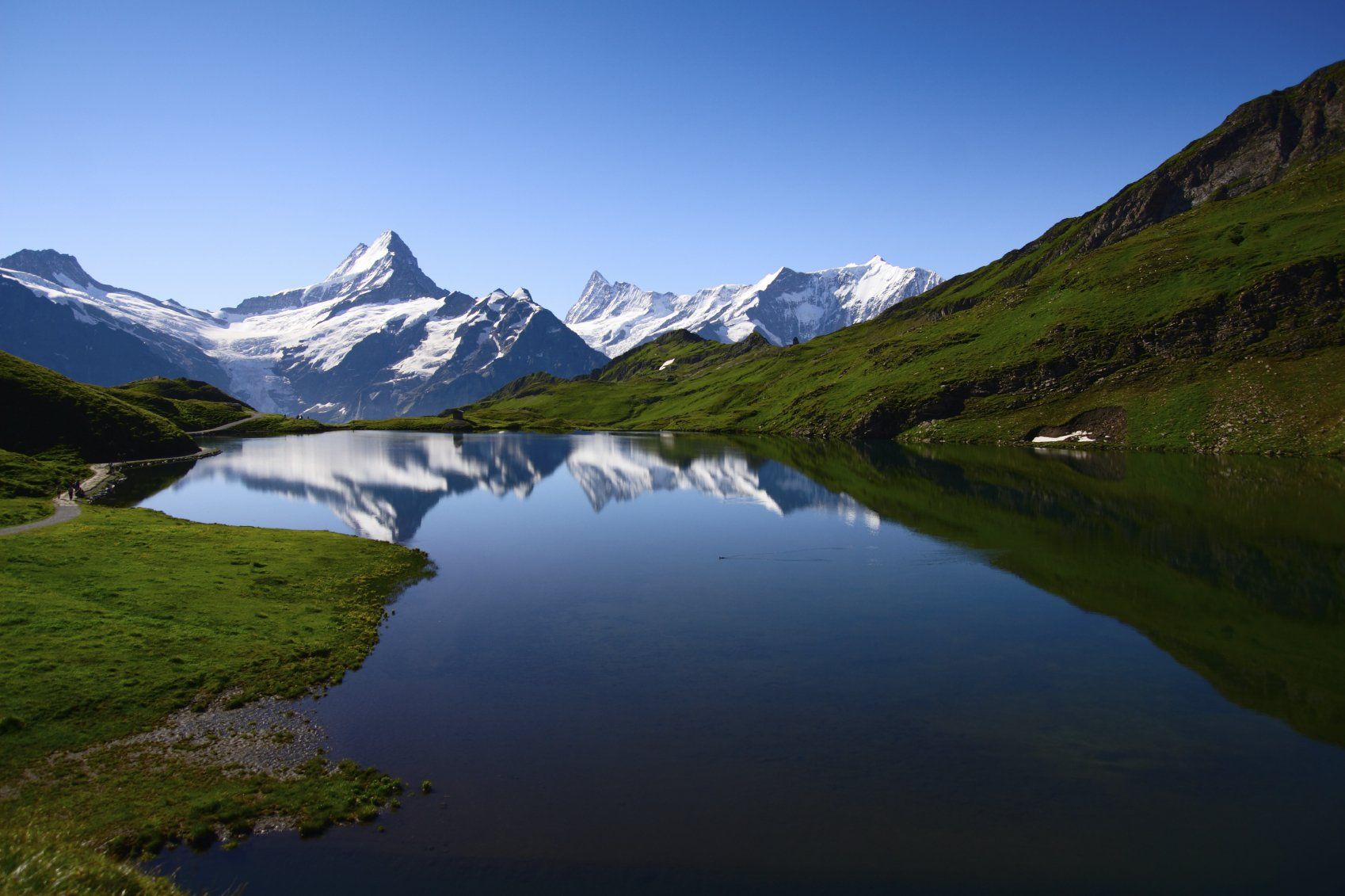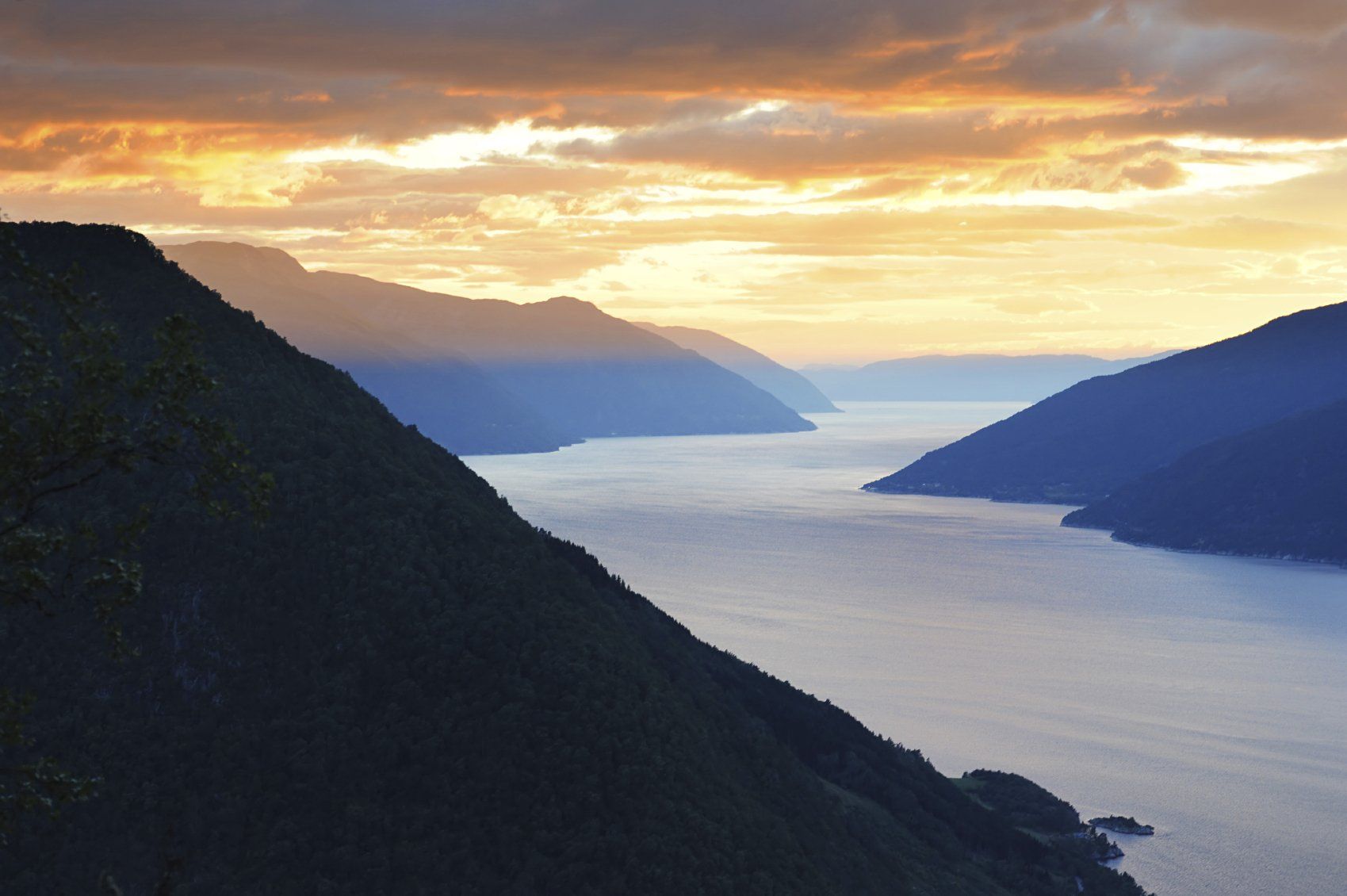Natural Ingredients From Chile
Andes Wisdom Europe represents Andes Wisdom Chile in Europe who is a producer of natural ingredients and additives like fruit extracts. We have an advanced network in the Chilean agricultural sector and with our modern technology we are able to produce high quality extracts from fruits, vegetables or herbs. All Products originate from Chile that is known for its exceptional growing conditions like unique climate, volcanic soil and the purest water in the world.
Andes Wisdom produces natural extracts from fruits, vegetables, leaves, peels, etc. The products are oriented to the industries of functional foods, food supplements, cosmetics and pharmaceuticals, using natural products in their production. We also offer products to the
end consumer, providing for them, our innovative Synergicfood fortified with antioxidants extracts, fibers and prebiotics.
Chile's climate
Chile is a protected environment given its geographical position.
It has the Andes to its East and the Pacific Ocean to its West as a natural barrier that protects the country from agricultural pests and diseases. Chile’s climate features the warm, dry summers and cold, rainy winters. The interaction between the effects
of the sea and those of the Andes result in a growing season that revels in bright sunny days and temperatures that take a dramatic dip each night to create the broad daily temperature oscillation that fruits need to develop high levels of antioxidants.
Besides ideal climatic conditions
we have exceptionally fertile soil and pristine water which results in obtaining raw materials of
high quality nutrients and in the compounds that we extract. Thus, fruits from Chile have a higher concentration of active molecules that are of higher functional benefit than fruits from any other part of the world.
Chile’s climate is highly influenced by the cooling effect of the Antartic Circumpolar Current and the Humboldt Current in the Pacific Ocean that begin in the icy waters near Antarctica and flows up the western coast of South America. During the day, sea breezes carried by the cold Humboldt Current penetrate inland, and each night, cold air descends from the snow- covered peaks of the Andes.
Check out our Functional Food!- developed and produced by Andes Wisdom
#Synergicfood
✔ Contains 100% of the recommended daily intake of the natural antioxidants to prevent oxidative stress
✔ Contains prebiotics
✔ Contains 40% of daily fiber intake
✔ Helps improve the feeling fullness
✔ Improves intestinal transit









